Switchgears: Components of a Motor Switchgear
Switchgears
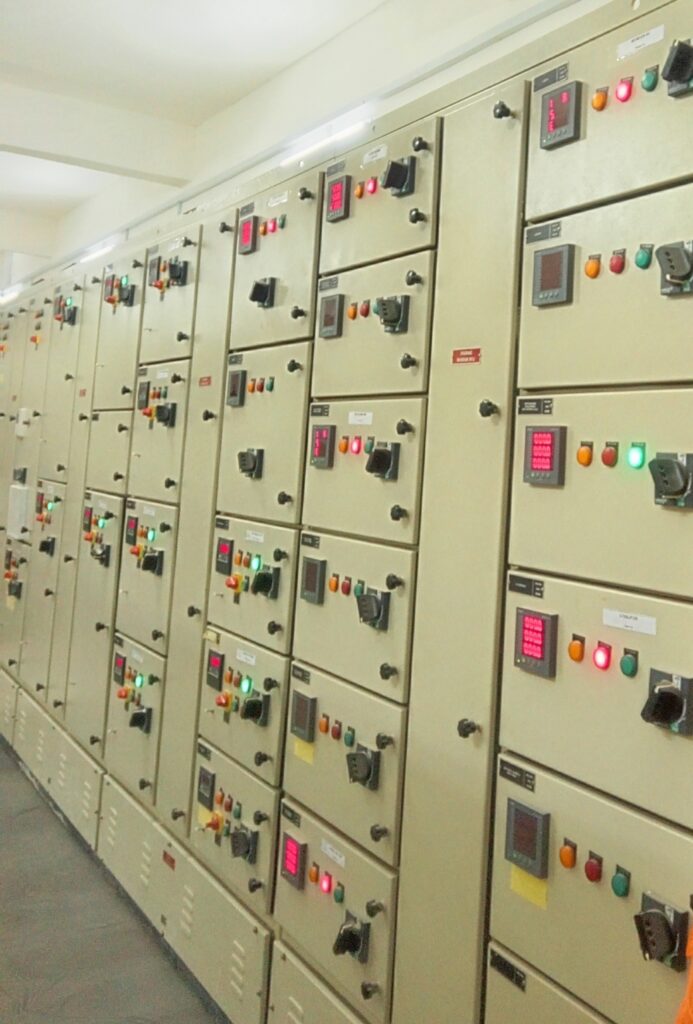
switchgear room
A switchgear room is a dedicated space or room in a facility where electrical switchgear is housed. Motor Switchgear contains electrical components like circuit breakers, relays, and switches used to control, protect, and isolate electrical circuits. This room is usually designed to ensure safety and easy access for maintenance personnel. The primary power supply enters the facility and is routed to the switchgear room. In the switchgear room, circuit breakers and protective devices are used to distribute power to various parts of the facility.
Power distribution in the switchgear
From the switchgear room, power feeders are connected to the MCC. These feeders provide electrical power to the motors and equipment connected to the MCC, control signals, often low voltage (230vac or 110vdc, etc. as the case may) are also sent from the MCC panel to control the operation of circuit breakers and other devices in the switchgear. The switchgear room may also be equipped with monitoring systems and safety devices to detect faults and protect the overall electrical system. In case of an electrical fault, circuit breakers in the switchgear can isolate the affected circuit to prevent further damage.
Modern MCCs and switchgear systems may be integrated with control systems and automation, allowing for remote monitoring and control of motors and electrical distribution.
Components of a Motor Switchgear
- Circuit breakers: circuit breakers are essential electrical devices used to protect electrical circuits and equipment from damage due to overcurrent, short circuits, and other electrical faults. Here are some key aspects to consider:
- Air Circuit breakers (ACB): ACBs are designed to operate automatically when they detect an overcurrent or fault condition. This rapid response helps prevent damage to connected equipment and reduces the risk of electrical fires. It uses compressed air as an arc-extinguishing medium to quench the electrical arcs that occur during circuit interruptions. In modern ACB systems, remote control and monitoring capabilities are often integrated.
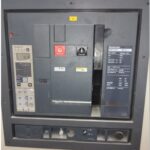
Air circuit breaker - Molded case circuit breakers (MCCB): They protect against overcurrent, such as overloads and short circuits, and are contained within a molded plastic or polymer housing. MCCBs are available in a wide range of current ratings, typically from a few amperes (e.g., 15A) to several thousand amperes. The choice of MCCB depends on the specific application and the current-carrying capacity required. They are designed to operate at various voltage levels, with common ratings including 120V, 240V, 480V, and 600V. The voltage rating should match the voltage of the electrical system they protect.
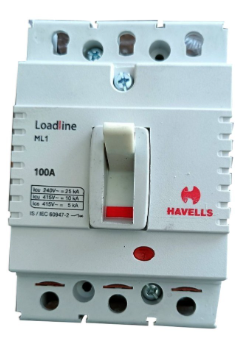
MCCB
- Air Circuit breakers (ACB): ACBs are designed to operate automatically when they detect an overcurrent or fault condition. This rapid response helps prevent damage to connected equipment and reduces the risk of electrical fires. It uses compressed air as an arc-extinguishing medium to quench the electrical arcs that occur during circuit interruptions. In modern ACB systems, remote control and monitoring capabilities are often integrated.
c. Miniatures circuit breakers (MCB): An MCB is an automatic switch that opens when excessive current flows through the circuit.
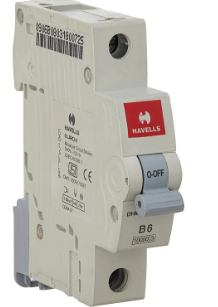
NOTE: MCBs have less than 100 amps, while MCCBs have as high as 2,500 amps
2. Contactors:
Electrically controlled switches are employed by contactors to make or break electrical circuits. Higher current loads are often handled by them, making them a common choice in motor control circuits.
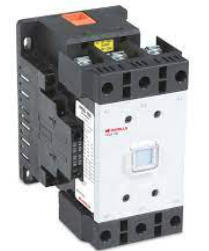
3. Timers:
Devices designated as timers are utilized to control the timing of electrical circuits. Various purposes can be served by them, such as delaying the activation or deactivation of a device.
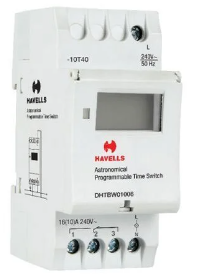
4. Current Transformer (CT):
Electric current measurement is facilitated by the deployment of a current transformer. A reduced current, proportional to the current in the monitored circuit, is produced, simplifying the measurement and monitoring process.
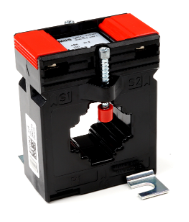
5. Potential Transformer (PT):
Similar to its counterpart, the current transformer, the potential transformer is employed to measure voltage. It performs the function of stepping down high voltage to a lower, standardized voltage for measurement and protection purposes.

6. Pilot Lamps:
Visual indications of a circuit or device’s status are provided by pilot lamps, also known as indicator lights. They are frequently utilized to showcase whether a circuit is energized.

7. Push Buttons:
Manual operation of switches in electrical circuits is achieved through push buttons. They can be either momentary or latching and are commonly utilized in control panels.
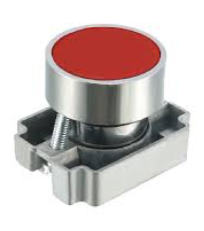
8. Multifunction Meters:
Combining various measurement functions into a single device is a characteristic of multifunction meters. Parameters such as voltage, current, power, and energy can be measured, often featuring digital displays.
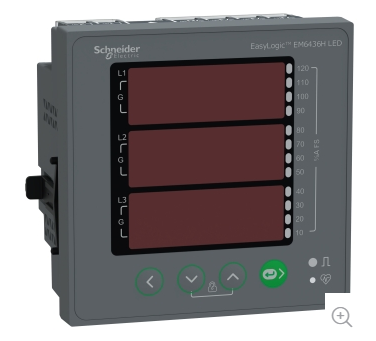
9. Terminal Blocks:
Providing a convenient method for connecting and organizing electrical wires is the purpose of terminal blocks. They consist of insulated blocks with metal screws or clamps, securing wires and facilitating electrical connections.
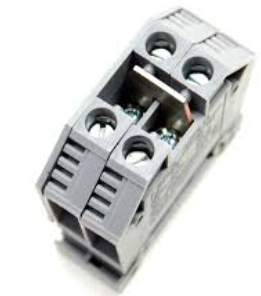
CHECKOUT: Testing of Motor insulation resistance &